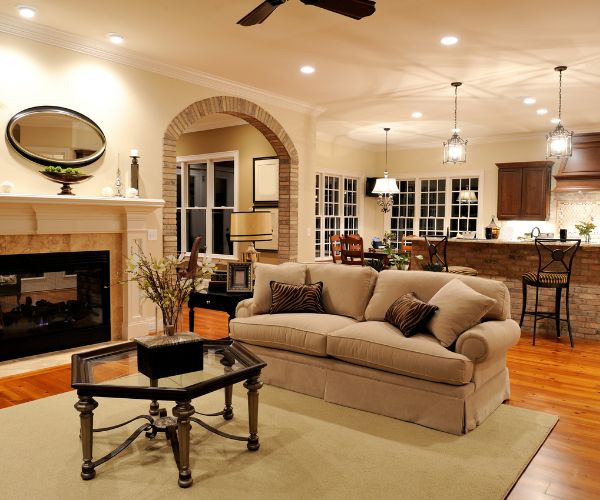HOME INTERIOR
Home interior design involves the art and science of enhancing the interiors of a home to achieve a healthier and more aesthetically pleasing environment. It includes selecting the right furniture, colors, lighting, and accessories to reflect the personality, preferences, and lifestyle of the occupants.
The home interior can represent the individuality and style of its inhabitants. For instance, a family with young children might prefer playful, colorful themes, while a more formal setting could feature classic, timeless designs with elegant furniture and subdued tones.
When designing a home interior, factors like functionality, cohesion, and aesthetics are essential. Selecting complementary pieces, ensuring a harmonious flow throughout the space, and adapting designs to fit the family’s lifestyle are key. Professional designers can help transform ideas into a cohesive, personalized home environment.
HOME INTERIOR A Comprehensive Guide
Home interior design combines creativity and practicality to craft spaces that are comfortable, functional, and visually appealing. A well-designed home reflects the occupants’ tastes while providing a welcoming and inspiring atmosphere.
Key Aspects of Home Interior DesignComfort and Functionality: A home should provide comfort and serve its intended purpose efficiently. This involves ergonomic furniture, appropriate lighting, and thoughtful spatial layouts.
Personalization: Home interiors should reflect the unique personality of the residents. From color schemes to decorative elements, every choice can showcase the occupants’ preferences and lifestyle.
Enhancing Aesthetics: By blending textures, colors, and materials, home interiors can be visually cohesive and appealing, creating a space that is both functional and inspiring.














